You’ve heard of IQ and emotional intelligence, but have you heard of physical intelligence? Today’s blog post is an introduction to the subject, with some helpful posture techniques to get you started. And the great news is that I have an extra copy of Physical Intelligence by Claire Dale & Patricia Peyton to give away to one lucky winner so read on to enter my giveaway…
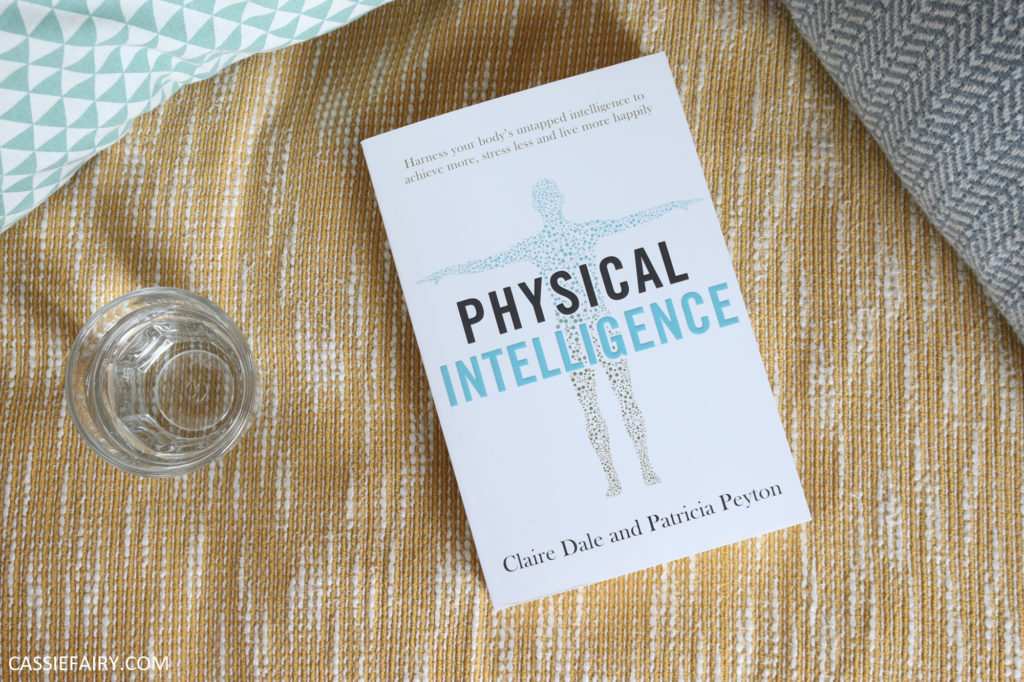
‘Physical Intelligence’ is our ability to detect and change the balance of key chemicals in our bodies and brains that control how we think, feel, speak and behave – to become our happiest, most successful, resilient and least stressed selves. Experts believe it’s critical to our ability to thrive in a fast-paced, highly demanding world.
The book, Physical Intelligence by authors Claire Dale and Patricia Peyton (published by Simon & Schuster), is bursting with brilliant techniques supported by neuroscience to balance these 8 key chemicals – from serotonin-boosting foods to cortisol-lowering mind-body exercises and DHEA-triggering breathing patterns.
The four elements of ‘Physical Intelligence’ – vital to achieving more, stressing less and living more happily are:
Strength – The book reveals the posture, breathing, vocal and confidence-building exercises critical to improving inner strength – enabling us to be more assertive, productive and independently minded.
Flexibility – Discover how to boost the 4 key flexibility chemicals to adapt and connect better to others and enhance creativity and innovation, essential for success.
Resilience – ‘Physical Intelligence’ helps us take charge of our response to pressure, generate optimism and let go of failure.
Endurance – Try targeted techniques that help us stay motivated and determined, increase our energy and enable us to break through the pain barrier to achieve long-term goals.
Here’s some techniques for moving your body to get you started:
EXERCISE: POSTURE TECHNIQUE FOR STANDING & WALKING
Posture is an important foundation for your Physical Intelligence. At first, you may need a room that is quiet to help you to concentrate. For the first week of your Physical Intelligence practice, take ten minutes each day to go through the following exercises, taking the steps slowly, one by one. Learning the standing and walking posture first will help you understand the positioning of your spine when you work on seated posture. Have a chair at hand so that you can move straight on to seated posture technique afterwards.
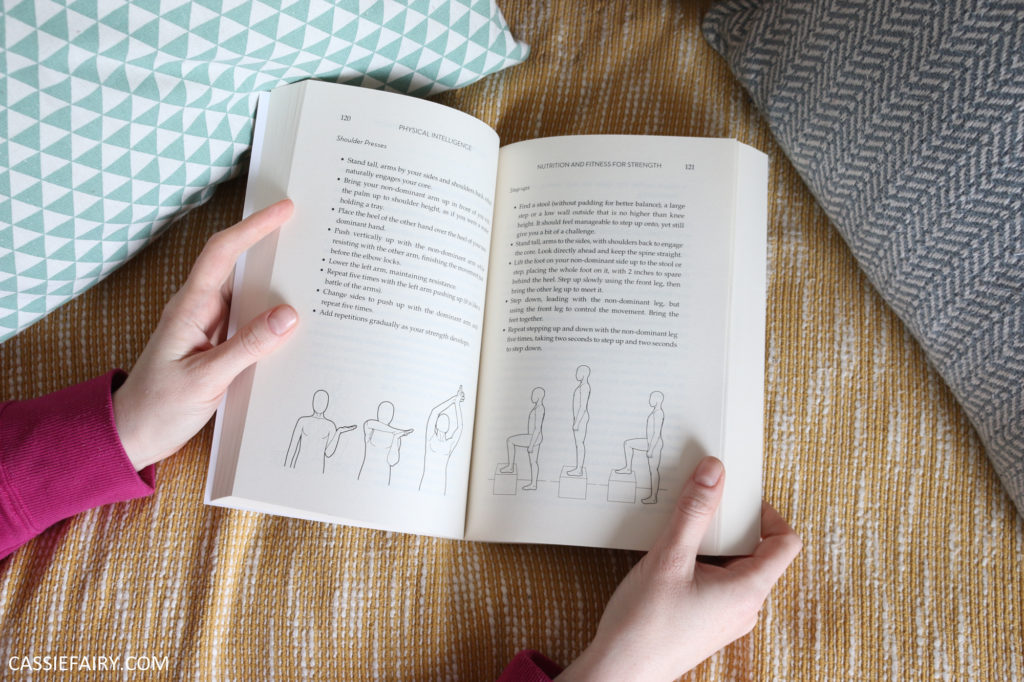
(NB: If you have high blood pressure, back pain or pain in any area of your body, or you have any other condition that may be affected by doing a forward bend or shoulder- opening exercises, please consult a medical practitioner, osteopath or physiotherapist before embarking on exercises involving these parts of the body.)
Step 1: Unlock joints
- While standing, check the placement of your hips/pelvis over your legs and your feet. Notice whether you tend to bring your pelvis forwards, tucking it under too far and making the spine collapse or whether you tend to puff out the chest and stick the bottom out. Find a comfortable balance point in the middle. Remember your imaginary tail – picture it touching the ground behind the heels, balancing you in the way a kangaroo uses its tail.
- Let the thigh muscles and gluteus maximus (buttock muscles) relax so that the knees can be ‘unlocked’. Your legs don’t have to be bent; just relax them and soften the joints. How does that feel?
- Let the ankle joints feel as free as possible. Find the position in which the body weight can fall freely down through the ankles into the feet. Experiment with your balance; move your weight front to back and side to side until you find the position in which the ankle can just be poised, ready to fold on walking, rather than tense and rigid.
- Try standing tall with all your joints free, as if at any moment you could quickly sit in a chair by folding at the hips, knees and ankles.
Step 2: Feel the ground
- The ankle, knee and hip joints need to be free and unlocked, so that the feet distribute your weight into the ground. Take a walk and feel the feet contact the ground, heel to toe each time, relaxing from the hip, letting the knees relax and bend as you pick up the next leg for the next step, letting the ankle joint relax. Enjoy the swing- through of the lower leg using gravity just before you place the heel down.
- Each time you put your foot down, feel the weight of the body distributing through the bones of the feet into the ground, down into your ‘roots’. Notice if this physical state accompanies any changes in your emotional or mental state. You are exploring your state of authority and ‘gravitas’.
- Come to a standstill with both feet on the ground in parallel, feet underneath the hips, not too wide or too narrow. Imagine you have a triangular base in each foot: two points on the ball of the foot; one on the heel. Feel the weight distribute through that triangular base, making sure there is equal weight between the balls of the foot and the heel.
- Take another walk around the room where you are. Imagine you have a fine thread emerging from the crown of the head right at the top of your skull suspending you from the ceiling as you walk, while, at the same time, imagine that you have the gravitational pull through your body and you feel the triangles in the feet contact the ground with each step.
- Walk slowly and feel the ground under you – feel how the slower pace provokes feelings of confidence.
- Become used to using both the feeling of expansion and the feeling of grounding. They are two parts of the whole and they happen simultaneously all the time, with every step and every movement.
Step 3: Stand tall and wide
- Adopt a winner pose for a moment. Open and stretch your body into a starfish shape: your widest, tallest stance – feet wide, arms open, hands open, fingers spread, eyes open looking into the distance, using peripheral vision. Breathe deeply. Hold for a few seconds, not rigid, not static, but open and expansive.
- Keep the feeling of expansion. Imagine you continue to take up that much space while you slowly bring your feet back in underneath the hips and your arms down by your sides until you are in a more natural standing stance. Still remember the floodlight shining through the bones of your skeleton.
- Make sure your feet are directly under your hips, feet parallel to each other.
- Imagine that between each vertebra of your spine there is a space.
- Now place one hand on the very top and centre of your head/skull and gently press down as if you could compress the curves of the spine very gently. (Do not tip the head backwards or forwards.)
- Keep pressing down for one minute. Now release the pressure by taking your hand away – can you feel your spine extend and grow taller?
Do you feel taller, lighter, more vertical? You should feel a renewed space in the spine between the vertebrae as a result of removing the compression. As you focus on the next instruction, keep that height you have found.
- Focus on how your head sits on top of the spine, aware of the atlas (the top vertebra) – nod ‘yes’ a few times – and of the axis (the second vertebra) – shake your head ‘no’ a few times. The head balances effortlessly on the pillar of the spine so that the throat and the back of the neck are equally relaxed and long.
- Drop your head forwards, creating a stretch and a relaxation in the back of the neck. Breathe deeply and hold for ten seconds.
Step 4: Bend forwards to lengthen your spine
- Slowly let the weight of your head drop forwards and lead you into a forward bend. Roll down through the spine, relaxing the weight of your shoulders and arms, letting them hang forwards as you roll down and end up with most of your spine upside down, stretching the back of your legs (hamstrings) and your lower back. Feel free to bend the knees a little. When you reach your comfort limit for your hamstrings, take a few deep breaths and hold for five seconds.
- Then slowly reverse the journey of your spine and head. Roll up gradually, rebuilding your spine vertebra by vertebra as if you were rebuilding a wall brick by brick.
- Finally, rebalance your head on the top of your spine, not lifting or dropping the chin and eyeline, but lengthening the back of the neck and remembering to release the jaw.
- Find the position where you can use the least amount of muscular effort to maintain the upright position of your head and spine.
Step 5: Open shoulders
- Lift both of your shoulders up as high as they will go, hold for five seconds and then drop the shoulders. Repeat three times.
- Pick the shoulders up and rotate them in a forward circle and then a backward circle. Repeat forwards and backwards circles three times.
- Widen the shoulders, then squeeze them in to make them narrow, then widen them again. Repeat three times.
- Roll your shoulders again in a circle backwards and clasp your hands behind your back. Stretch and open the front of the chest – you can look up slightly at this point. Hold the position in the stretch for a slow count of ten while breathing deeply, then release.
- Let go of the hand clasp, and let the shoulders find where they now want to be – don’t push or pull them into place, just let them find their new alignment. You’ll find the stretch has helped open them. Can you feel that the shoulders are more open? Imagine that they could float outwards away from you and touch the sides of the room you are in.
- Think broad and wide shoulders. This should feel pleasurable unless you have painful tension in your neck and shoulders. If so, you may want to repeat Step 5 again very gently and very slowly making only small movements.
- This can be a very effective way to release tension.
This is an extract from new wellbeing book Physical Intelligence by Claire Dale and Patricia Peyton, published Simon & Schuster and available now in ebook and hardback, priced at £14.99.

And now, here’s your chance to win a copy of the Physical Intelligence book for yourself. Simply enter the giveaway via the Rafflecopter entry form below – you can enter as many times as you like, and if you’re already following me on Twitter and Instagram, that counts as three entries!
a Rafflecopter giveawayGiveaway open to UK residents only. Giveaway runs from 12th -30th April 2019. One winner will be chosen at random via Rafflecopter and will be contacted by email. The winner will need to provide a UK delivery address to receive their prize.





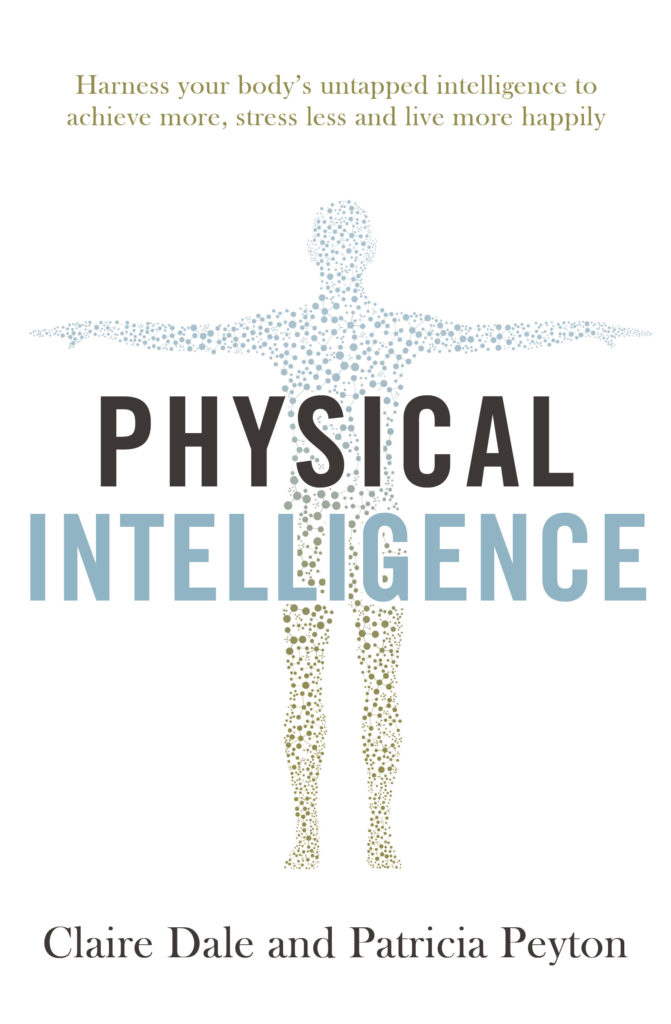



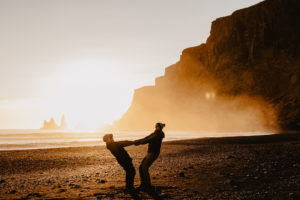









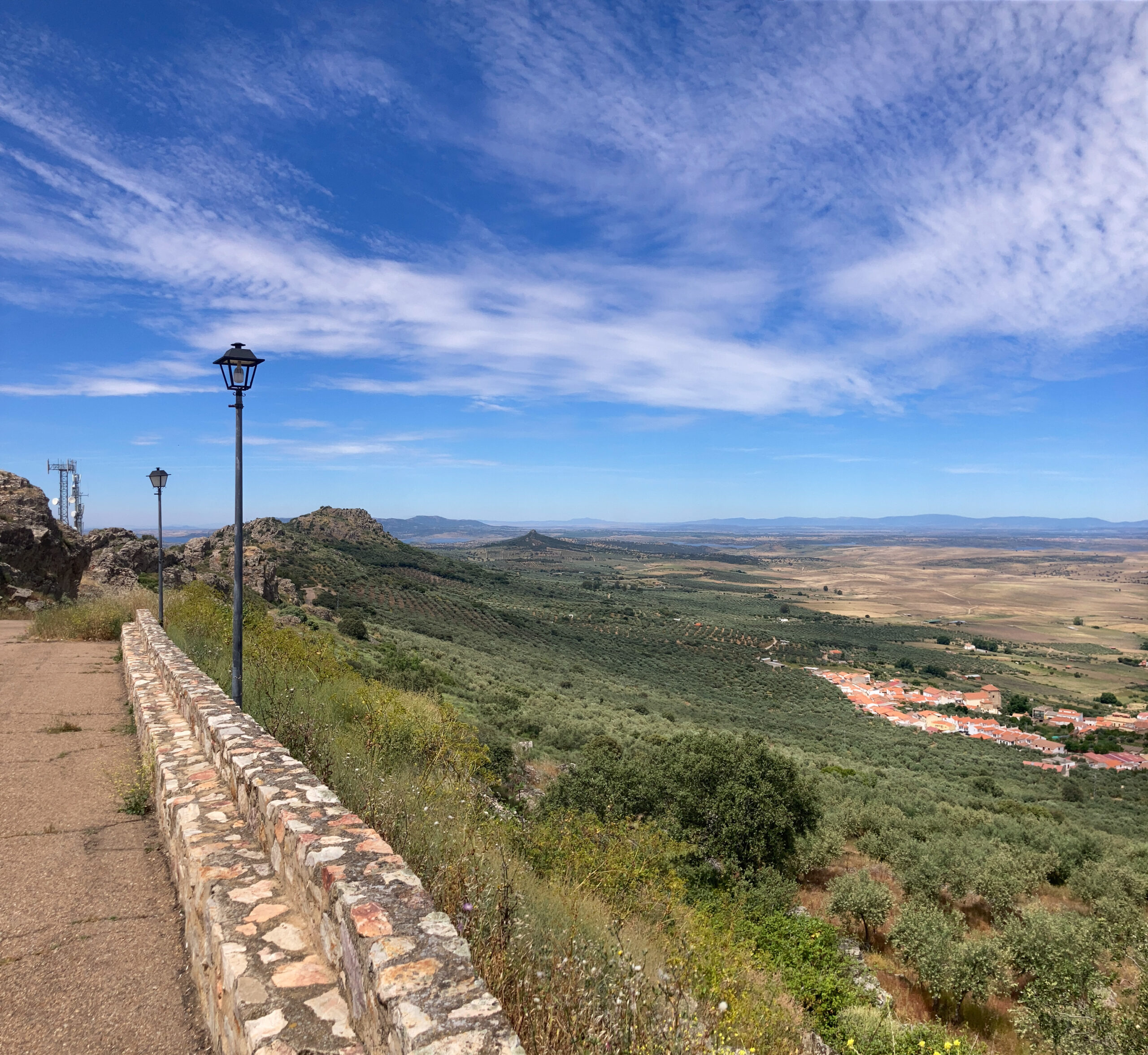
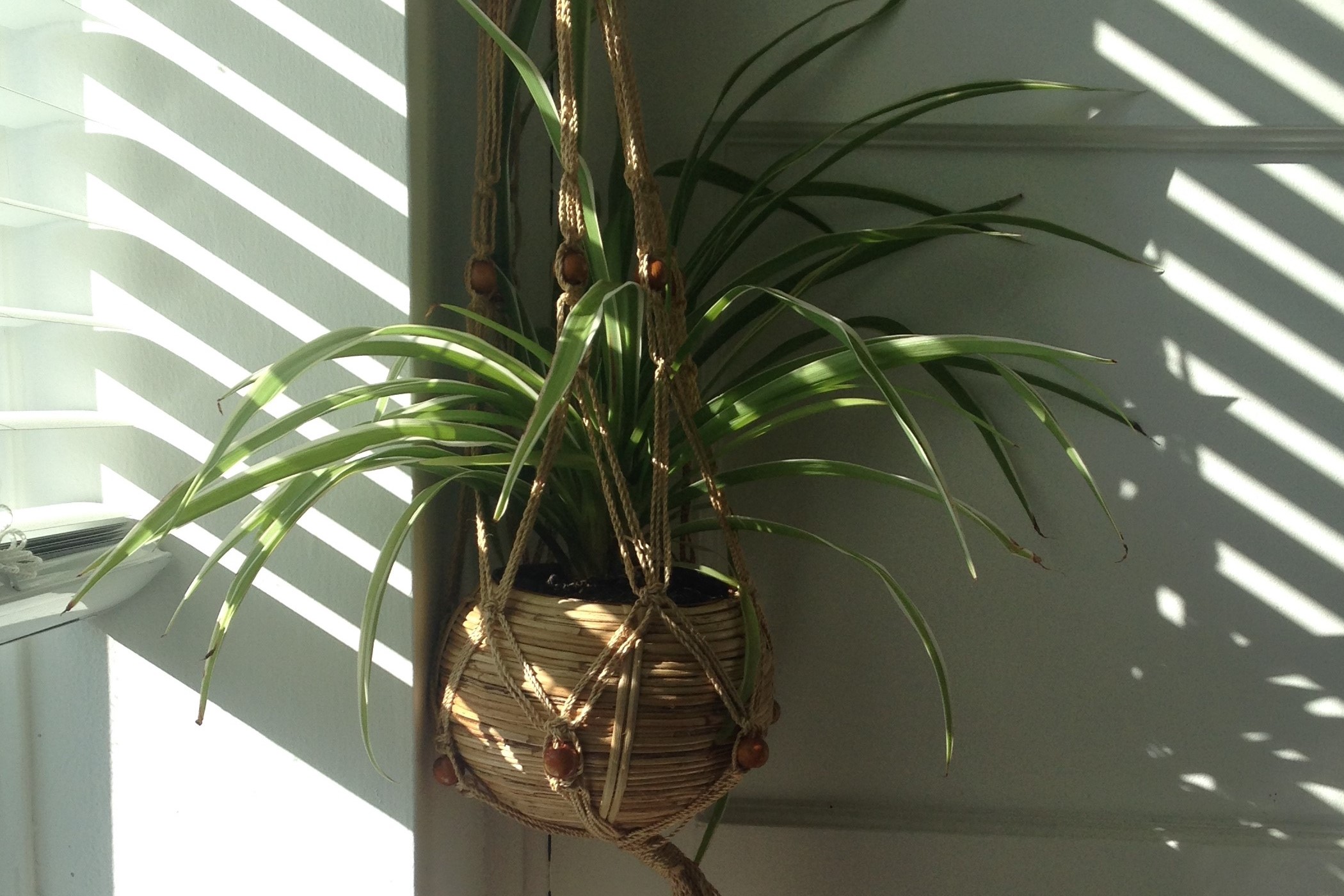
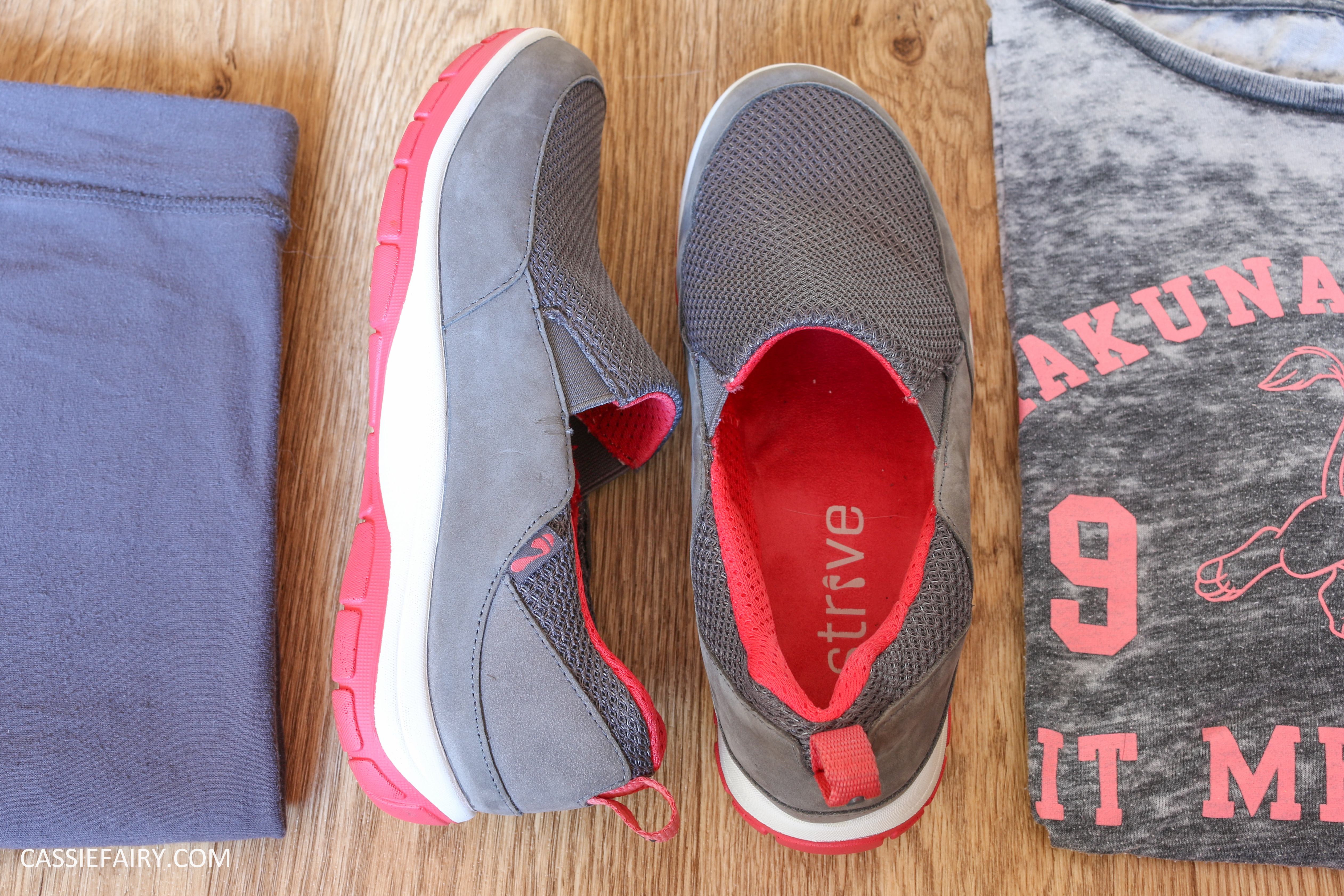
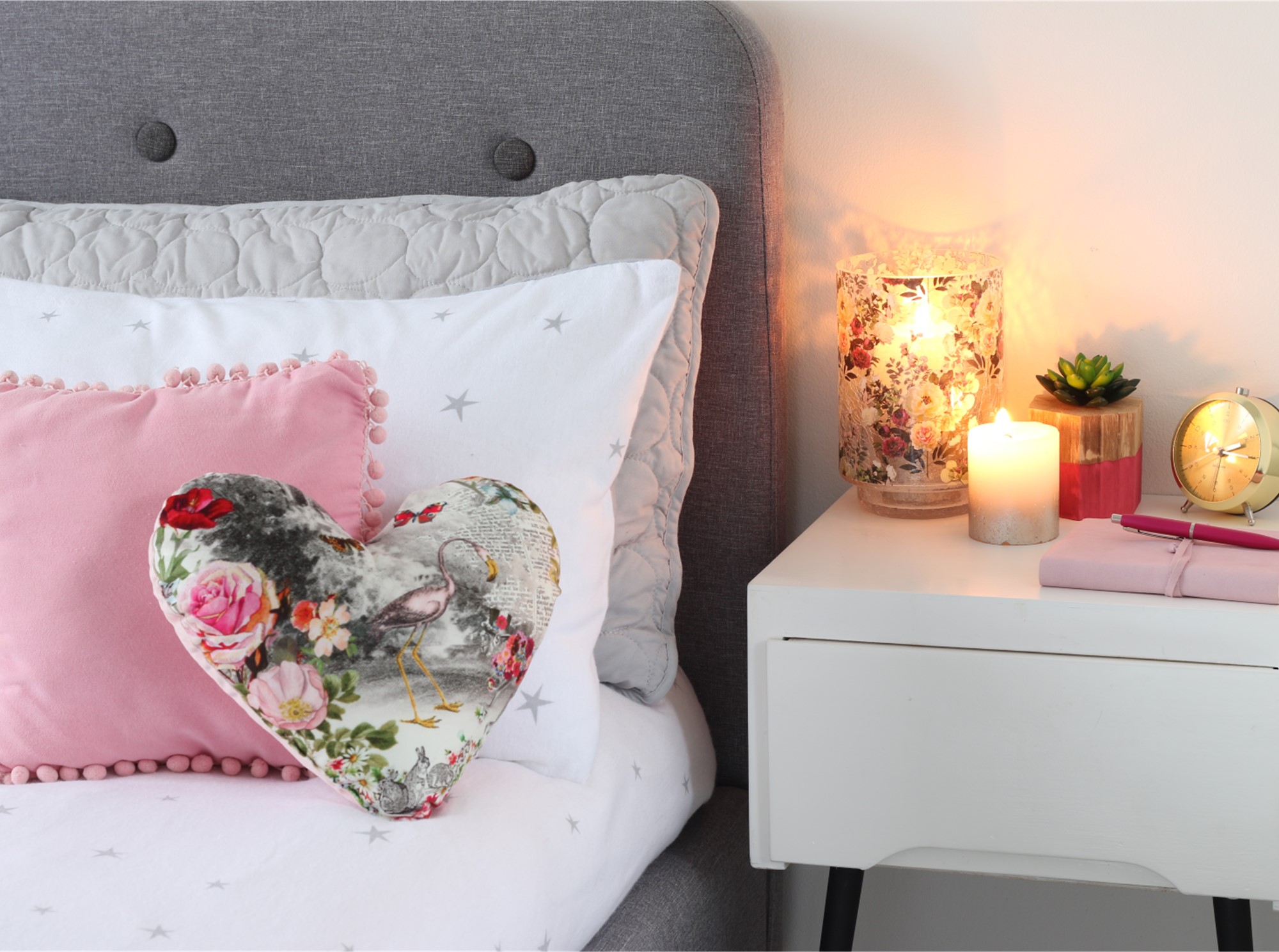

10 responses
I go walking and play with the grandchildren in the playground
I go for a walk every day and have recently taken up tai chi at a beginners class.
I really enjoy yoga and pilates, they make me feel good about myself and stretch my muscles xx
i like to walk the dog
I walk a lot partly for enjoyment and partly because I have to.
Swimming
I love to go walking and swimming with the family
I love swimming and try to swim every other day
I like Pilates and Yoga.
I am enjoying Adrienne’s 30 day Yoga challenge on Youtube – it’s really gentle and she’s really fun 🙂